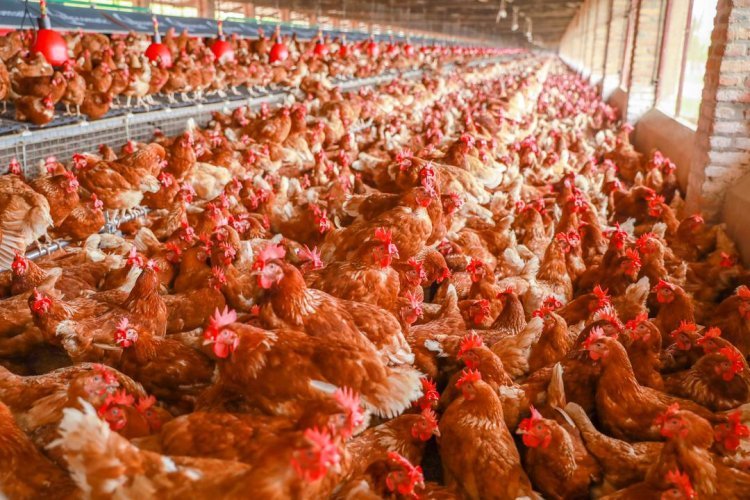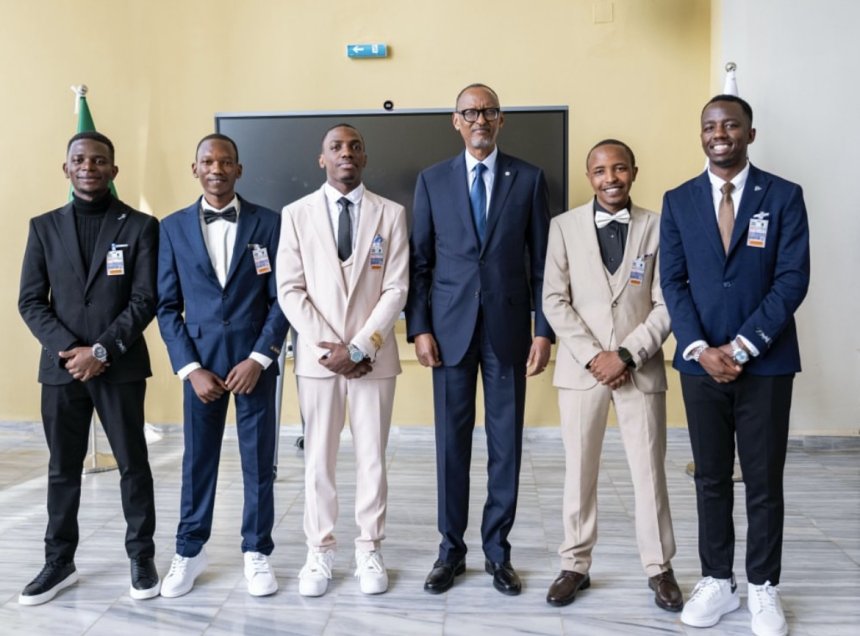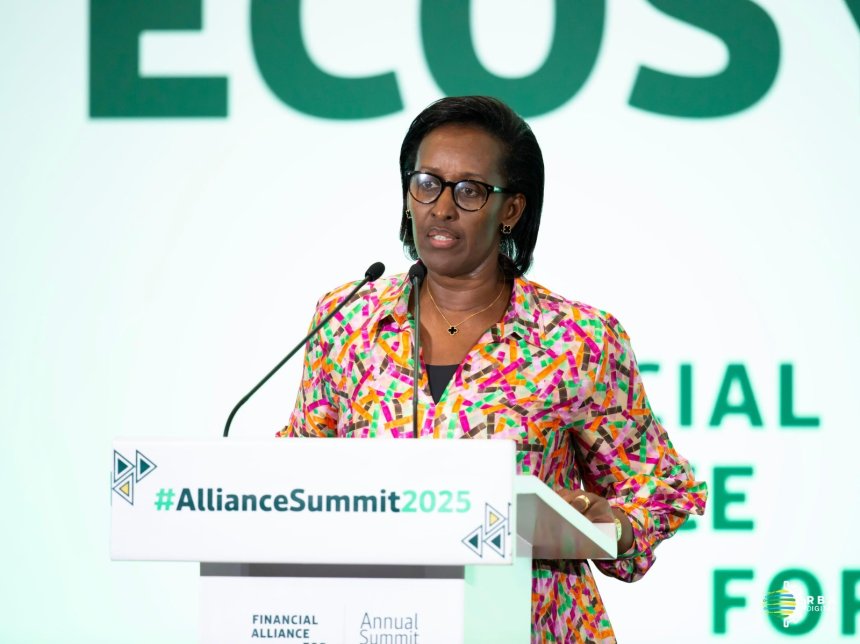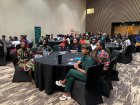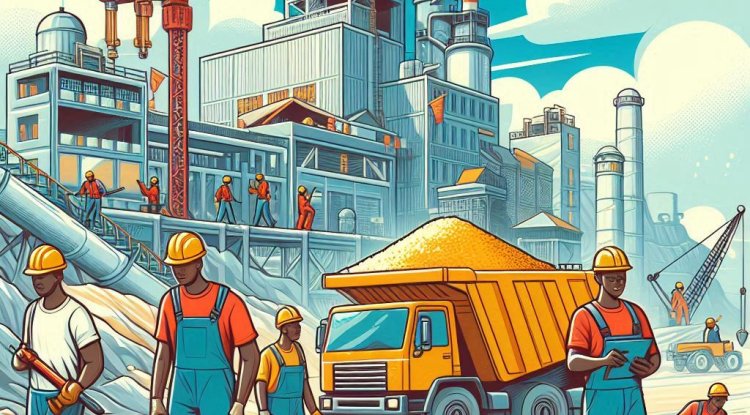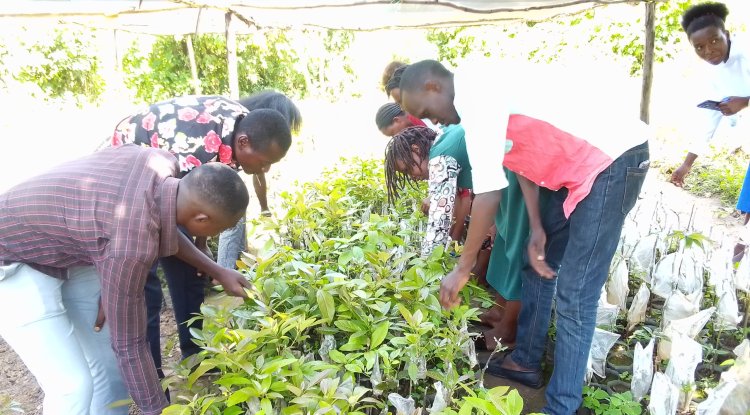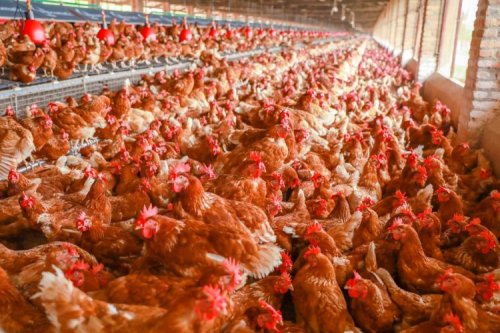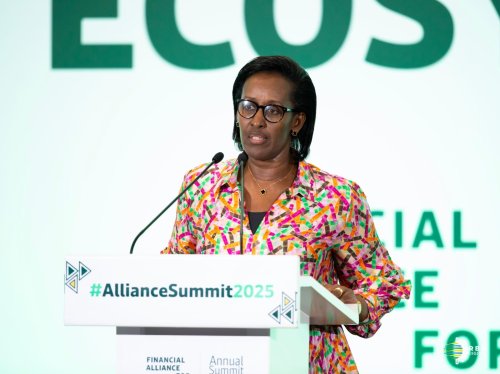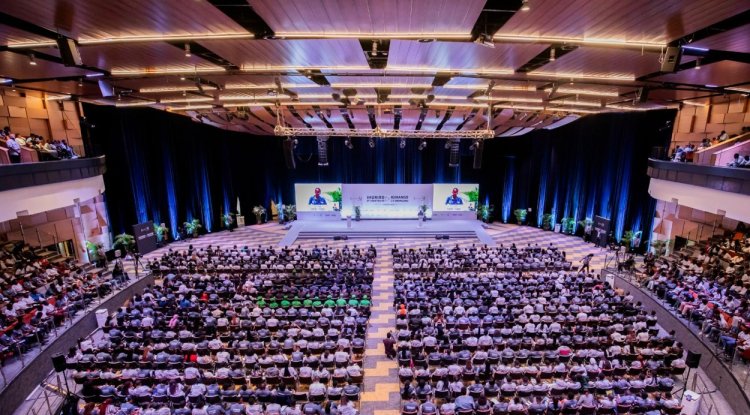SADC Troops Begin Full Withdrawal from DRC After M23 Victory
In a dramatic turn of events marking a major shift in the conflict dynamics in eastern Democratic Republic of Congo (DRC), troops from the Southern African Development Community (SADC) began their full withdrawal on April 29, 2025, following a decisive defeat by the M23 rebel group. Once deployed to bolster the DRC government’s grip on the embattled region, the SADC forces now exit under strained circumstances—through Rwanda, a country they had once eyed with suspicion.

Since the AFC/23 coalition seized the strategic city of Goma on January 27, 2025, SADC troops found themselves increasingly cornered both militarily and diplomatically. Deployed in December 2023 as part of the "SAMI DRC" mission, these forces had entered the eastern DRC amid growing instability, after President Félix Tshisekedi expelled troops from the East African Community (EAC), accusing them of inaction against the rebel advance.
The SADC troops—primarily from South Africa, Tanzania, and Malawi—arrived in large numbers, heavily armed and with a mandate to quell the M23 rebellion. However, the mission quickly faltered. Despite their firepower, they suffered defeat at the hands of the M23, who forced them into surrender and prompted the symbolic raising of the white flag. The Kinshasa government continued to lose control, ceding major cities including Goma and Bukavu, the provincial capitals of North and South Kivu respectively.
At the time of the EAC withdrawal, the M23 had already returned control of 80% of its previously held territories, awaiting political negotiations. But after the SADC's defeat, questions began to swirl: Would the SADC forces surrender like the European mercenaries before them? Would they be allowed to withdraw with dignity, or be forced to abandon their arms? And crucially, would they be granted safe passage via Goma International Airport?

These issues were addressed in a March 28, 2025 agreement between M23 and the SADC, signed during a high-level meeting at a five-star hotel in Goma. The deal allowed the SADC to exit through Goma airport—with their equipment—after necessary repairs were completed. Photographs of smiling delegates circulated widely, and many believed the crisis had been defused.
But just weeks later, that fragile agreement collapsed. M23 forces came under coordinated attacks in Goma by the Congolese national army (FARDC), the FDLR, and the Wazalendo militia. M23 leaders accused the SADC of covert support for these assaults, branding it a betrayal. With the situation deteriorating, the SADC contingent opted for an unplanned withdrawal—via Rwandan territory.
On April 29, convoys of military vehicles and heavy weaponry were seen passing through Rwanda, marking the first phase of the withdrawal. According to regional sources, the complete pullout is expected to be completed in stages by the end of June 2025.
Early signs of the exit had emerged on February 25, when around 200 troops—mostly wounded and pregnant—were quietly repatriated through Rwanda. Their departure followed the emotional return of the bodies of 14 SADC soldiers, sparking a heated debate in the South African Parliament, which had sent the largest troop contribution.
The final blow came on March 13, 2025, when the SADC officially terminated its military mission in eastern Congo, citing untenable conditions on the ground.This marks a bitter end for forces that, in 2012, had driven M23 into exile—some fleeing to Uganda, others to Rwanda. Now, more than a decade later, they return home under vastly different circumstances: militarily humbled and strategically encircled, especially around areas like Mubambiro.
The SADC troops will not easily forget the indignities they faced—needing M23’s permission to access food and supplies in the very region they were sent to liberate. Nor will they forget that their route home took them through Rwanda, the same country some of their strategists had once viewed as an adversary in the complex web of regional allegiances.
